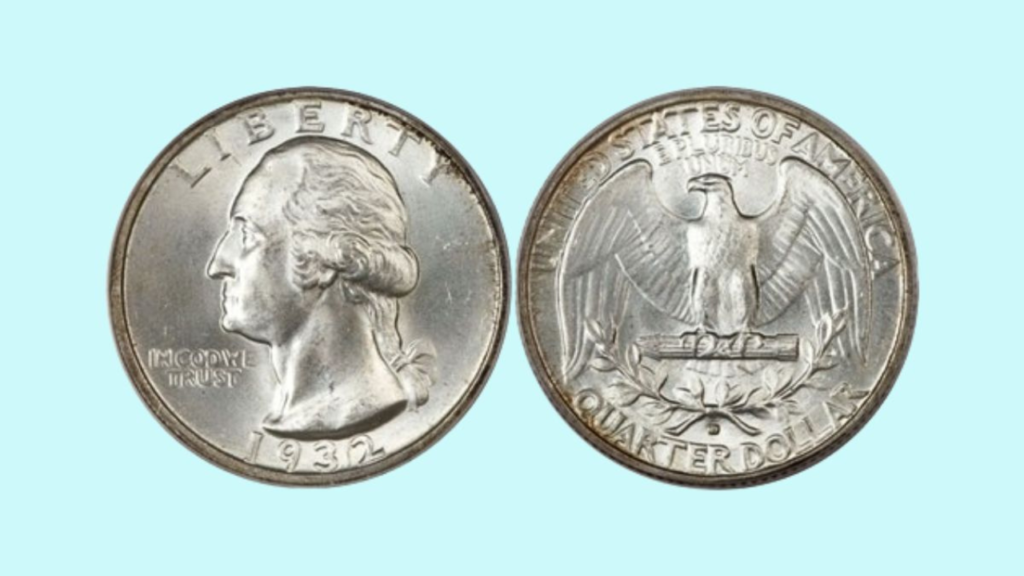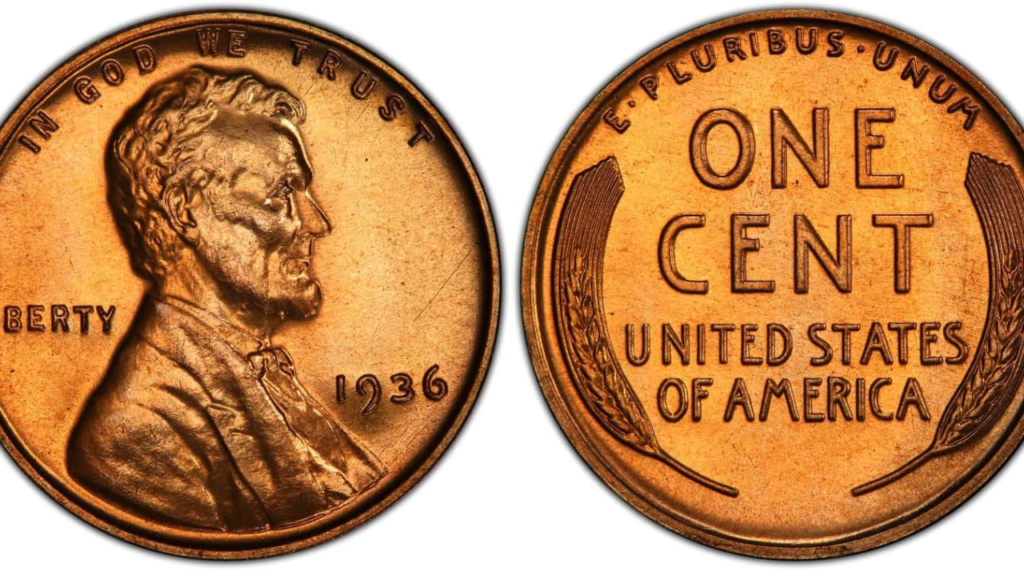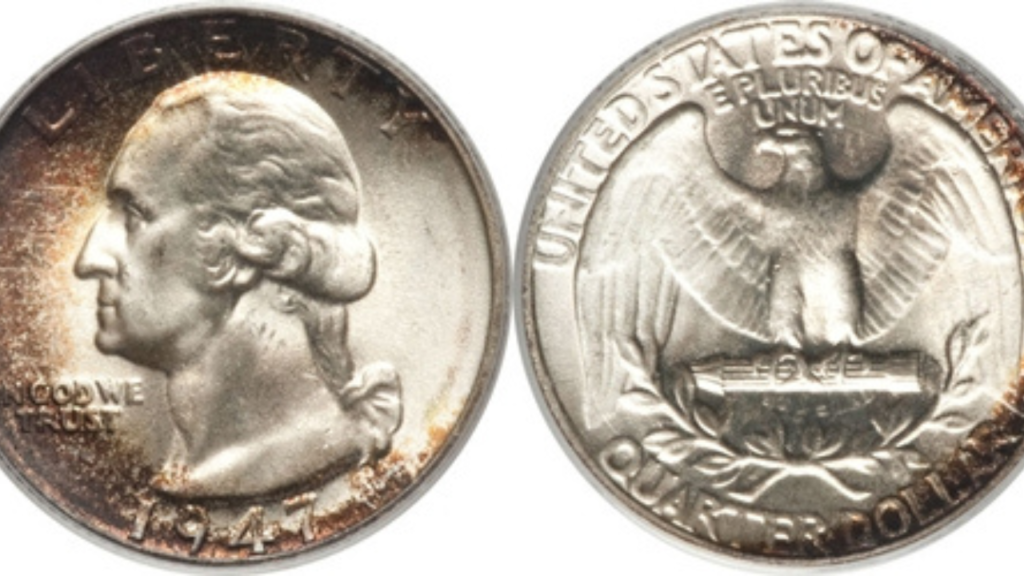Have you ever imagined that a mere penny might turn into a fortune? $270,000 Lincoln Wheat Penny. One of the rarest coins produced during World War II is the 1943 Lincoln Wheat Penny. $270,000 is as much as a penny. At the auction, others brought substantially more money. Who knows, it might be in your piggy bank! This is one of the greatest treasures in coin collecting! This post will explain why this penny is so expensive, how to find one, and other rare Lincoln Wheat pennies that could fetch hundreds of dollars.
The 1943 Lincoln Wheat Penny with a value that reaches $270,000 and beyond is an eye-opener that hidden treasures may be lurking in your spare change. Learning the classification of these rare coins and proceeding to get it appraised by experts may just turn a small find into a significant financial gain. If you believe you have something of great value, don’t wait around—get it appraised today!
| Coin | Key Feature | Estimated Value | How to Identify |
|---|---|---|---|
| 1943 Copper Wheat Penny | Mistakenly struck in copper instead of steel | Up to $270,000 | Use a magnet; copper coins won’t stick. |
| 1943-S Copper Penny | San Francisco-minted copper penny | Up to $1 million | Check for ‘S’ mintmark; authentication required. |
| 1943-D Copper Penny | Denver-minted copper penny, extremely rare | Over $1 million | Only one known; professional verification needed. |
| 1944 Steel Wheat Penny | Struck in steel instead of copper | Up to $373,750 | Steel pennies stick to magnets. |
| 1955 Doubled Die Penny | Visible doubling on date and letters | Up to $40,000 | Look for clear doubling on inscriptions like “LIBERTY” and “IN GOD WE TRUST”. |
History of the 1943 Lincoln Wheat Penny
It was in 1943 that, due to the demands of war, the U.S. Mint changed the formulation of pennies from copper to zinc-coated steel in an attempt to save available materials for the war. As a result of an error during minting, a small number of copper planchets were mistakenly used to strike some pennies in 1943, which has made them very rare collector’s pieces.
Why was this mistake made?

- A few unused copper planchets from 1942 were mixed in with the 1943 production.
- The mistake was not uncovered before a few coins were in circulation.
Mint Facilities:
- The 1943 copper pennies were minted at three facilities: Philadelphia (no mintmark), Denver (“D” mintmark), and San Francisco (“S” mintmark).
- The Denver-minted copper penny is the most scarce, with only one specimen known to exist.
Why Is the 1943 Copper Penny So Valuable?
The 1943 copper penny is very valuable for several reasons:
1. Rarity:
There are only about 20 to 40 authentic pieces, making it one of the rarest coins in U.S. history.
2. Historical Significance:
This penny represents an era of wartime sacrifice and resourcefulness.
3. Collector Demand:
Coin collectors and investors are always looking for rare minting errors.
4. Condition:
The better the condition, the higher the value. Coins graded in MS (Mint State) 65 or higher bring top dollar.
How to Identify a $270,000 Lincoln Wheat Penny?

Think you might have one of these valuable pennies? Here’s how to check:
- Look at the Date:
- Make sure the date is 1943 and not a commonly altered 1948 penny.
- Use a Magnet Test:
- Copper is non-magnetic, so if your penny sticks to a magnet, it’s a regular steel penny.
- Look at the Color:
- Copper pennies are reddish-brown in color, whereas steel ones are silvery-gray.
- Weigh the Penny:
- A real 1943 copper penny should weigh 3.11 grams, while steel weighs a mere 2.7 grams.
- Verify Counterfeits:
- Most fake 1943 copper pennies have tampered date stamps; check for signs of tampering.
Other Rare Lincoln Wheat Pennies Worth Thousands
While the most famous 1943 copper penny is the one above, other Lincoln Wheat pennies can create a tidy payday. Here are a few to look for:
1. 1943-D Copper Penny (Denver Mint)
- The rarest of all 1943 copper pennies, with only one confirmed specimen.
- Estimated value: Over $1 million.
- Look for the ‘D’ mint mark below the date.
2. 1943-S Copper Penny (San Francisco Mint)
- There are fewer than five known specimens.
- Approximate value: up to $1 million.
- Features: ‘S’ mint mark
3. 1944 Steel Wheat Penny

- In 1944, copper production was resumed, but some steel blanks from 1943 were incorrectly used.
- Approximate value: up to $373,750.
- Features: Steel pennies are magnetic
4. 1955 Doubled Die Penny
- This error is major because the date and inscriptions can be doubled in a noticeable manner.
- Approximate value: up to $40,000.
- Features: Inspect for doubling of “LIBERTY” and “IN GOD WE TRUST.”
How to Sell a Rare Penny?
To get the best return from your seemingly rare penny, take the following steps:
Grade with Professionals:
Submit to coin grading service firms like PCGS or NGC to authenticate them.
Research for Its Market Price:
Look through auction prices posted on websites Heritage Auctions and Stack’s Bowers.
Try selling through responsible sellers, from established coin sellers and auction firms, or third-party online companies such as eBay.
Common counterfeits.
Because the rare pennies are highly valued, there are many forgeries. Watch for:
- Altered Dates: Scammers alter the “8” of a 1948 cent to a “3.”
- Plated Coins: Steel cents have an outer layer of copper so they appear to be genuine.
- Replica Coins: Sold as novelties but have no collector value.
FAQs:
How much is a regular 1943 steel penny worth?
Most 1943 steel pennies are worth 50 cents to $10, depending on condition.
Where can I get my penny appraised?
You can get it appraised at coin shows, reputable dealers, or grading services like PCGS and NGC.
What makes a coin valuable?
Factors include rarity, condition, mint errors, and demand from collectors.
How can I protect my valuable coins?
Store them in protective holders and keep them in a cool, dry place.

